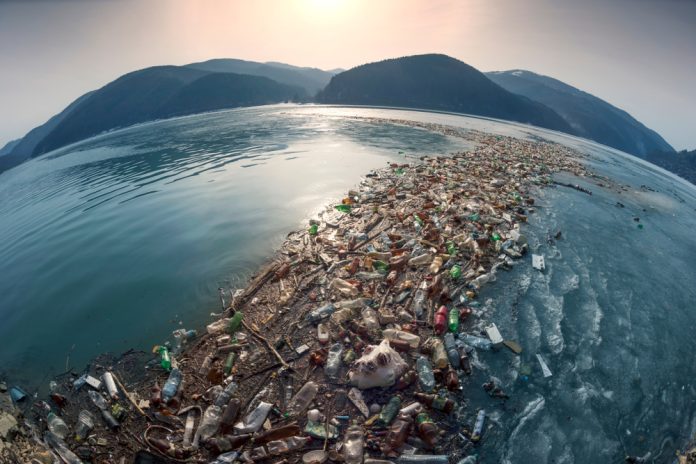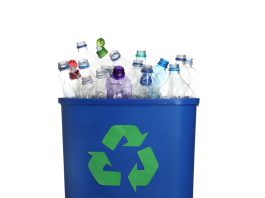Norway’s plastic pollution is a growing environmental concern that must be addressed urgently, new research says.
Plastic pollution is continuously washed up on Norwegian coastlines from around the world, causing an array of environmental and health dangers.
Despite its hazardous effects, rates of global plastic production and consumption continue to rise worldwide.
Despite Norway’s advocacy for a global agreement that guarantees stopping the flow of plastics into the environment, new research has highlighted the country as a European hotspot for plastic waste.
The study, conducted by the Norwegian University of Science and Technology and the Norwegian Air Research Institute (NILU), mapped the Norwegian plastic cycle down to the product and polymer types.
The findings highlighted the scope of Norway’s plastic pollution problem and how the nation can become a global leader in addressing the issue.
15,000 tons of Norwegian plastic pollution annually
The study reveals that 758 kilotons (kt) of plastics enter the Norwegian market annually, with 632 kt discarded as waste.
Nearly half is incinerated, and 2.4% ends up in the environment, amounting to 15 kt or 2.8 kg per capita.
Norwegians consume 21% more plastics than the European average and generate twice as much plastic pollution as the Swiss, equivalent to 1.5 billion plastic bottles yearly.
According to the research, Norway’s plastic pollution comes from two major sources: consumer packaging and tyre wear rubber.
Norway’s consumer packaging burden
The study reveals that most macroplastics over 5mm come from consumer packaging like bottles and bags, frequently found on Norwegian coastlines.
High consumption rates overshadow efforts to reduce littering. Therefore, cutting plastic use in these categories is essential to curb pollution.
Tackling tyre wear rubber
The identifies tyres as a major source of microplastic pollution, with 6 kt of tyre wear rubber released annually.
Capturing these particles is difficult. Reducing this pollution requires rethinking transport choices, using public transport, designing lighter vehicles, and exploring alternative materials.
Moreover, Norway’s growing electric and hybrid vehicle fleet, though lower in carbon emissions, contributes to higher tyre wear due to their heavier weight.
Health and environmental implications of plastic pollution
Plastic pollution poses a severe threat to Norway, with land-based plastics easily reaching the ocean due to the country’s coastal geography.
Although most plastic ends up in the soil, a third reaches marine environments, where it causes irreversible damage to ecosystems.
Animals ingest or become entangled in plastics, which can carry invasive species and disrupt the marine carbon cycle, worsening climate change.
Additionally, plastics contain toxic additives like phthalates and organophosphates. The study found these additives are released into the environment and re-enter the economy through recycling, posing risks to human health and ecosystems.
Elevated levels of short-chain chlorinated paraffins have even been detected in Norwegian herring gulls due to plastic ingestion.
To combat these concerning effects, the researchers are urging policies to be imposed in Norway that address plastic production and consumption to limit the effects of the plastic economy.





